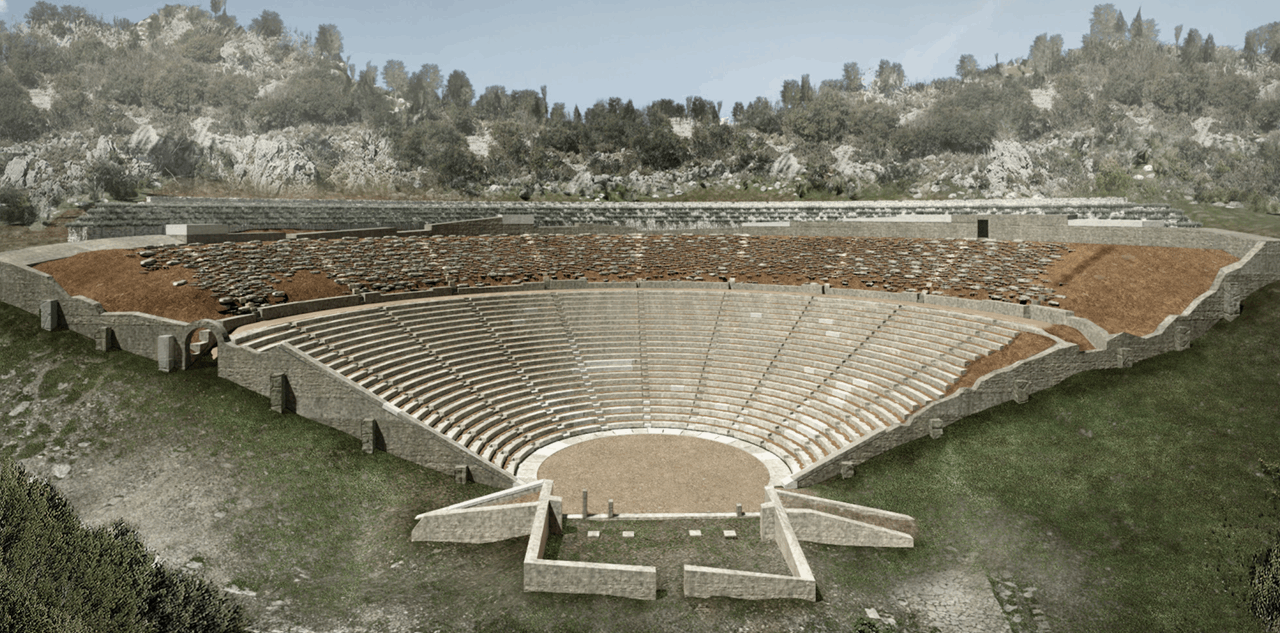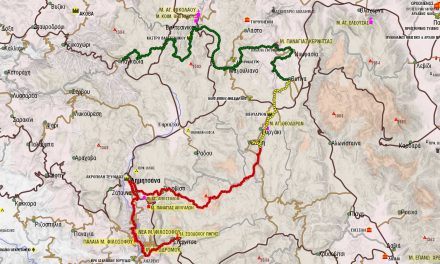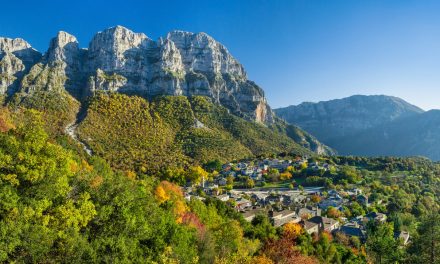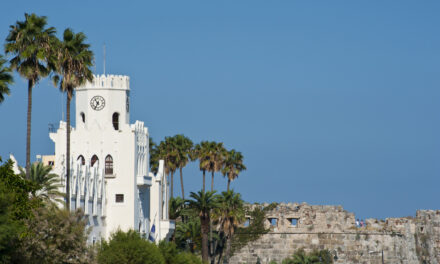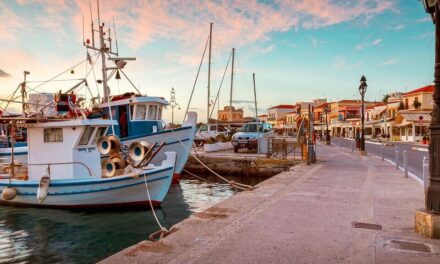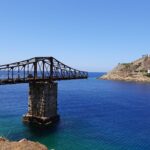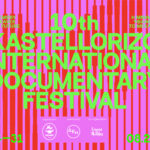The people of Cassope founded their capital in the 4th century B.C. at an altitude of about 550-650 meters, on a plateau among green slopes. They were driven there primarily in an effort to find security in that naturally fortified location, that offered them control of the north-south land route and the route connecting the mainland to the coast. The city was perfectly organized according to geometric order, and it included an agora and a large theater, built in the 3rd century BC.
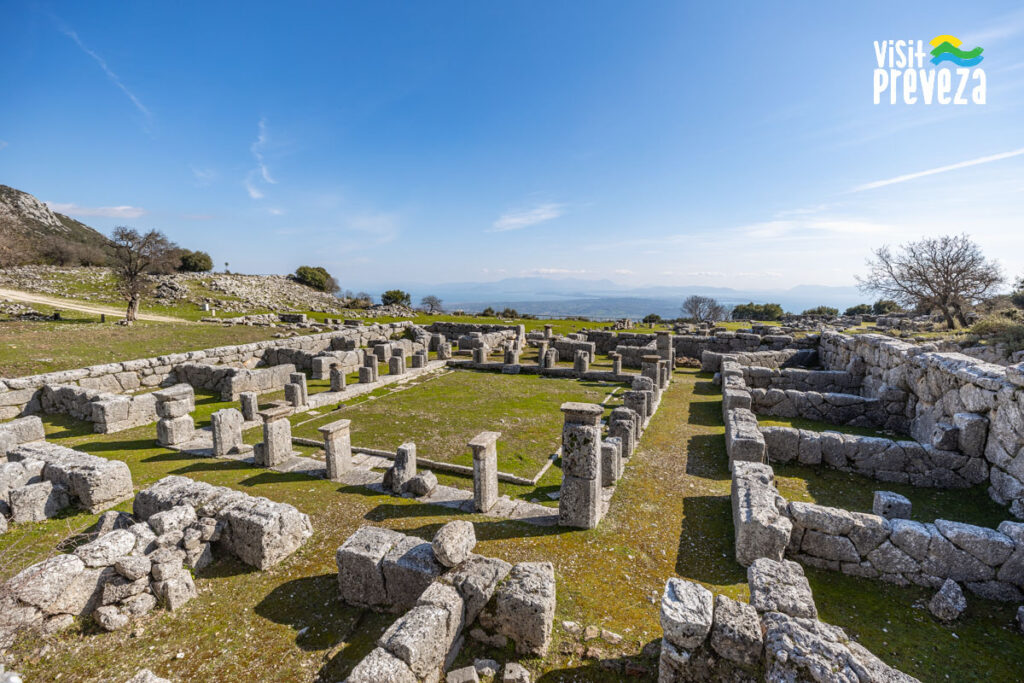
The theater at Cassope was built at the foot of the city’s highest hill, below the northwest acropolis. The choice of orientation was not random; apart from the performances, spectators could enjoy a panoramic view of the Ambracian Gulf, the Ionian Sea and the island of Lefkada.
The monument is still impressive, gradually revealing itself as one approaches the western side of the city. Its size and location highlighted its importance in public life while its structure fit harmoniously into the natural shape of the hill.
The earliest settlements on the site date back to the Paleolithic period, but the city of Cassope was founded in the mid-4th century B.C. and became the capital of the Cassopeans, a sub-tribe of the Thesprotians. The city formed part of the Aetolian League and it flourished in the 3rd century BC, with the construction of important public buildings.
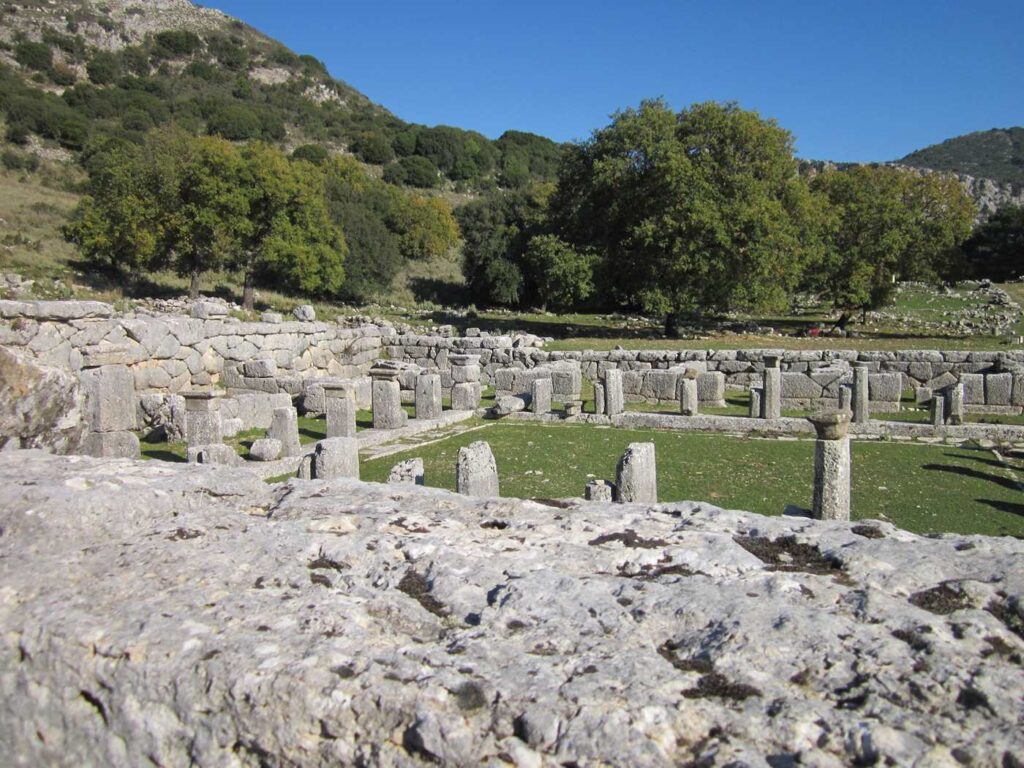
Cassope was a large laid out according to the “Hippodamian plan” (grid plan), attributed to Hippodamus of Miletus, an ancient Greek architect who was a pioneer of urban planning; it is divided into 20 parallel streets, the stenopoi. It was a large economic and trade center, featuring an agora, prytaneia, two theaters, a guest house, temples to Aphrodite and Zeus, and its own mint. The city was destroyed in 167 B.C. by the Romans and eventually abandoned in 31 B.C., when the remaining inhabitants were forcibly taken away as settlers of the new Nicopolis founded by the Romans.
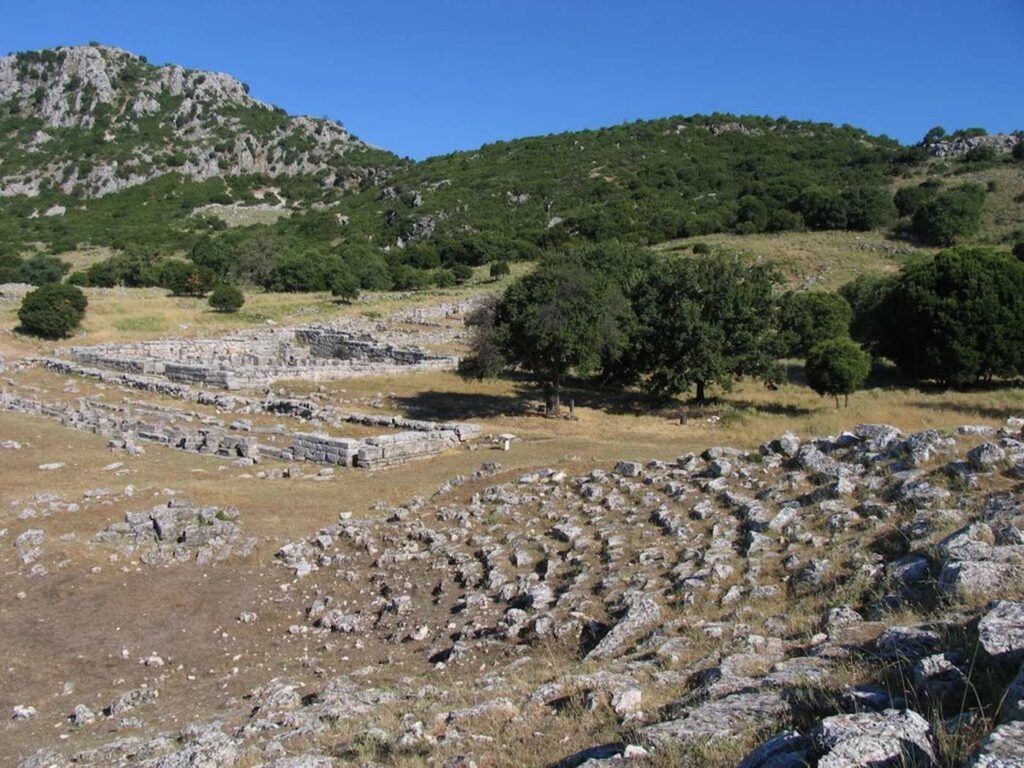
Architecture of the theater
The koilon (cavea), which is divided by an intermediate frieze into two sections with twenty-four rows of stone steps in its upper and twelve rows in its lower part. At the top of the cavea a wider frieze is protected externally by a wall, which has an opening, which probably facilitated the exit of spectators from the upper part of the theater. Eleven staircases divided the cavea into ten grandstands, with the final two grandstands half as wide as the others. The theater’s orchestra is particular because it does not form a complete circle, but an arc a little larger than a semicircle. The stage is rectangular and is bordered by two backstage areas, projecting on either side toward the orchestra, between which is the proscenium with six columns at the front. The capacity of the theater is estimated at 5,000-6,000 spectators.
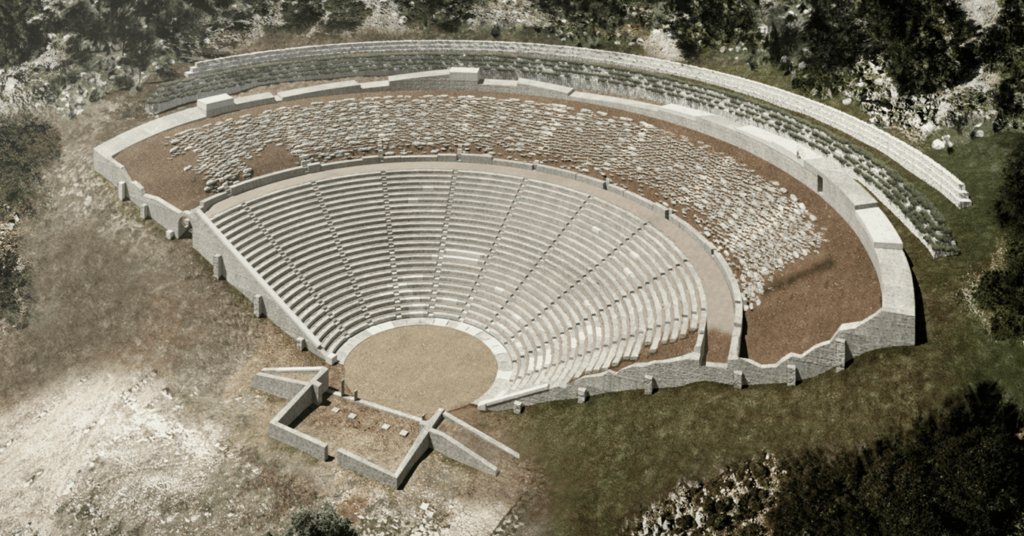
First performance after restoration
The theater was abandoned at the end of the first century B.C., along with the entire city, when its inhabitants were forced to move to the newly founded Nicopolis. In the following centuries, the now ruins of Cassope were visited only by some travelers. The dilapidated theater was almost submerged in the ground. The beginning of the 21st century, however, ushered in a new era for the monument. Ongoing restoration work will restore its appearance and enrich our knowledge of its history and architecture.
After the restoration of the first five tiers of seats of the theater of Cassope by the Ephorate of Antiquities of Preveza and thanks to the close cooperation between the Ephorate of Antiquities, the Prefecture of Preveza and the DIAZOMA Association, the theater has once again become open to spectators after some 2,100 years.
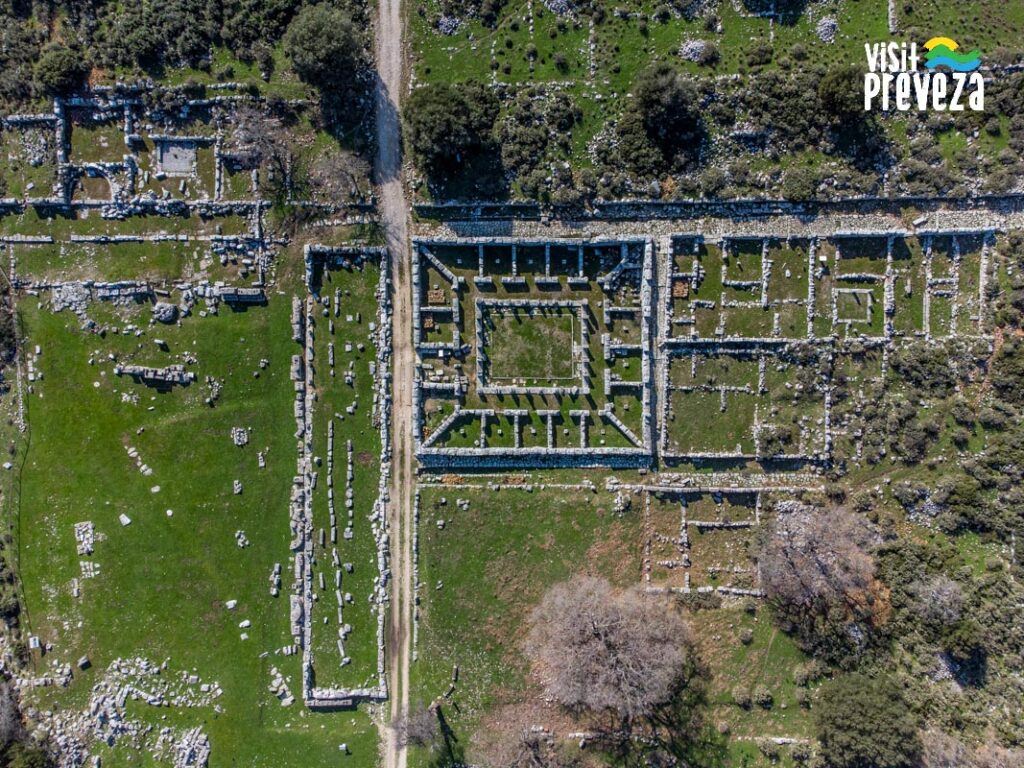
The play “The Void of Cassope” by Frédéric Lenormand was presented in September 10, in the ancient theater of Cassope by the Preveza Theater Workshop. The play was written by Frédéric Lenormand, who visited the impressive archaeological site in the 1990s. It was a narrative of the true history of the entire area, privately published in France and was recovered from oblivion by Panagiotis Klimis and Nikos D. Karambelas.
Read also via Greek News Agenda: Spectators return to Larissa’s Ancient Theater after centuries; Delphi: the navel of the ancient world
N.M. (Translated from an original article in Punto Grecia)

